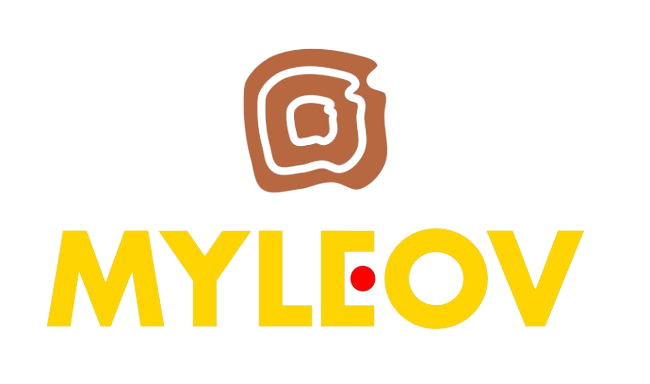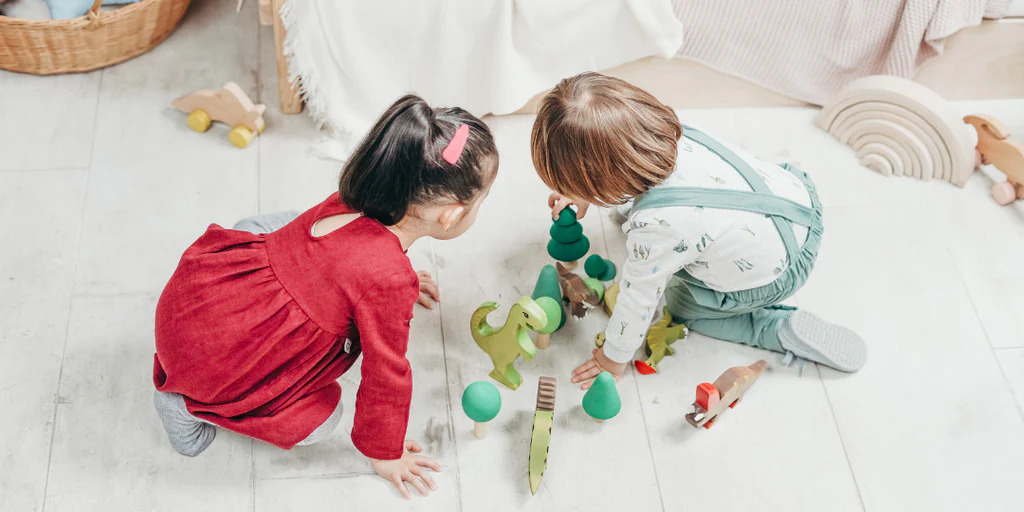News
Developmental Milestones for Toddlers at Age 2
Children transition from babies to toddlers during their second year. At 2 – year – old, they are beginning to show more independence, become more mature in daily life and make major strides in communication. Their vocabulary will also increase, as they pick up words from their parents and surroundings.
In today’s blog post, we are going to take a look at some milestones across the 4 main development areas. And as we’ve mentioned in previous blog posts, children grow at different rates, and these stages should only be used as a guideline for toddlers’ development.
Emotional Social Development
The first area we’re going through is Emotional Social. At 2 years old, children will begin to show more independence, such as trying to feed themselves or handle their toys on their own. This is also the age where they start showing defiant behaviors, and won’t always do what they’re told. Unfortunately, the infamous toddler tantrums will also start to appear around this time. On the bright side, your 2 – year – old is now more social, and has started to engage in associative play with their friends at playtime. They are also likely to imitate behaviors of others, especially their parents or older children. Here are some notable milestones to look out for:
Show independence
You’ll be hearing a lot of “Me do it!” as your toddler strives to snap his pants and feed himself. With that being said, they still rely a lot on their parents for both physical and emotional support. During this time, parents can try giving children a little bit more freedom over simple daily activities, such as letting them feed themselves at meal time or clear up some of their toys after they’re finished playing.
Show defiant behavior or throw tantrums
Your 2 – year – old will begin to show some defiant behaviors, and might not always do as they’re told. They might even test your response to certain behaviors. For example, your child wonders what you’ll do if they throw a toy across the room, especially if you’ve already told them not to, and they’re eager to see your reaction. This is also around the time the infamous toddler tantrums appear. But there’s no need to worry too much. Meltdowns happen and it’ll all be okay, as long as they’re handled in the right way. You can check out our previous Facebook post for Ways to handle a toddler tantrum.
Start playing with others
This is when children move from parallel playing to associative playing, actively engaging with their friends and surroundings at playtime. Parents can expect a lot of excitement when playing now that your 2 – year – old can identify their friends by name. They might also be eager to interact with them in a music class or playgroup setting.

Imitate others
Children at this age are easily impressionable, and tend to copy others’ behaviors, especially their parents’ or older children’s. It’s important for parents to set a good example for their toddlers at this time, since they will naturally pick up a lot of habits from their family. Handling your negative emotions in a stressful situation calmly or cleaning up after yourself are only 2 among the many ways parents can help children build good habits from an early age.
Motor Development
At 2 years of age, your child is growing rapidly everyday, and they’ll constantly want to test out the newly learned skills, which might result in some bruises. They’ll be able to walk independently by themselves, start to be able to walk up and downstairs while holding onto the wall for support and even run and kick. Here are some details on these milestones:
Walk by themselves
In the beginning, your child might still need some help with their steps, holding onto your hand or a push toy for support. Later on, around 18 months, your toddler will be walking more confidently and likely on their own.
Walk up and down stairs
Parental supervision is definitely still necessary, but mostly they’ll be able to support themselves by holding onto the wall or railing. Walking upstairs might be easier than walking downstairs, and they might initially use one foot at a time before being able to coordinate both feet.
Run and kick

Use cups and spoons
By 18 months, most little ones are able to eat with a spoon and drink from a cup, though they might still need help if you don’t want water or food to spill everywhere. Parents can let them feed themselves at meal times with a spoon or drink from their sippy cups, but please keep in mind that some will still prefer to use their hands.
Get undressed by themselves
Now this is an exciting fine motor development, as it requires more skills than you might realize. Your kids might not be able to handle small buttons yet, but most toddlers will start to help undress themselves by 18 months and remove an article of clothing by 20 to 22 months.
Language & Communication Development
2 years old is when your toddler’s language and communication skills are exploding. You’d start to hear all about their imaginative stories, though they might not always make sense. And they’ll ask a lot of questions, so this will be a fun and talkative time in your household. Here are some language & communication milestones in details:
Says several words
You can expect your toddler to say familiar, meaningful words like “Mama” or “Dada”, and their vocabulary will continue to expand further than that. Most 18-month-olds can say several words, while most 2 – year – olds have around 50 words and two – to four – word sentences.
Shakes head “no”
As mentioned previously, this is around the time your child starts to show defiant behavior, and shaking their head no is one way for them to show it. And while it’s great that your child understands you, it’s not so fun when they refuse to eat dinner. You’ll start to notice this behavior around 18 months.x
Try to imitate and repeat words
Children at 2 years old will try to copy and repeat words that they hear, though they might not always come out correct. “Apple” may sound like “waba”, but the tone might still be accurate. They’d also repeat a lot of what they hear without understanding them, so parents had better keep your conversations polite, grammatically correct and kid – friendly.
Know people’s names and body parts
This development shows growth in children’s language and cognitive skills. Your 2 – year – old now knows familiar names, and can point out simple body parts (ear, nose, toes). They’d also be able to point to things or pictures in a book when named. Parents can help your toddlers learn more vocabulary about daily life through songs and riddles, like “Head, Shoulder, Knee and Toe” or “ABC”.
Cognitive Development
Approaching 2 years old, your toddler’s reasoning, learning and problem-solving skills are all developing rapidly. They’ll imitate everyday behaviors, follow simple commands and build block towers. Their memory will increase, and they’ll be able to learn and retain more information. Here are the details:
Imitate behavior
Around 18 months, your toddler may pick up your smartphone or try to feed his stuffed lion, which means he’s watching and mimicking everyday tasks. You’ll also likely notice him starting to play simple pretend games around his second birthday, an exciting step as he embarks on more imaginative play.
Follow commands
Children at this age will absorb everything they hear, and gradually be able to follow simple directions and commands. By 18 months, they’ll follow simple one-step commands, such as “Pick up your toys” .By their second birthday, they’ll be able to follow more complex, two-step directions, such as “Pick up your shoes and put them in the basket”.
Demonstrate increased memory
Contact us
If you have questions about our products or your orders, please contact us with your order number, your name and/or product information.
Website: https://myleov.com/
Customers service Email: support@myleov.com
Phone US : (SMS Only)
Product & Business Address: 1942 Broadway St. STE 314C Boulder CO 80302
Please note that it may take some time to respond to your inquiry depending on the contents of your message. We will respond to you within 24-48 hours and our Support Team does not work on Saturday and Sunday.
Support Time: Mon – Fri: 9AM-5PM EST

